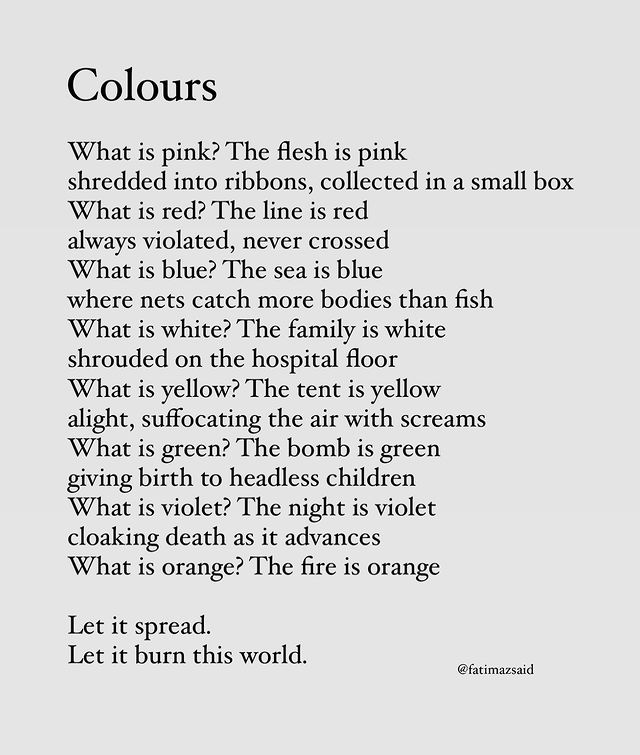Last Sunday, I spent most of the day at Jonny’s grave. It was the longest chunk of time I’ve ever spent there at once, and I had marked the day in my calendar for weeks.
Over the last decade, this rectangular plot of ground that carries my brother’s body has become one with the earth, overrun with grass and weeds and insects who have made it their home. My parents’ increasing age and decreasing mobility has meant that they’ve not been able to tidy the plot. As for me, for one reason or another, I’ve never had the time — or never made the time.
Not this autumn, I vowed to myself in early September. I wanted to devote proper time gardening and tending to the grave, before the weather gets too cold and the ground too hard. So I got the bus there, laden with a 10L bag of compost, nets of daffodil and snowdrop bulbs, and four trays of purple and white pansies.
It took me about three hours to just clear the plot before planting, loosening the soil and pulling up the most stubborn of weeds from their roots. Worms writhed to avoid my path, and I became obsessive in picking out the minuscule green shoots that seemed to keep reappearing, even when I thought I’d already plucked them out from the soil. My knees ached, the double layer of my dungarees not enough to protect them from the numbness that carrying my weight induced. My entire back twinged when I stood up, so used to being hunched over, focused on the task at hand.
Nearby, a Cantonese-speaking family were doing the joss paper ritual I had previously also done at Jonny’s grave. We exchanged sympathetic looks, and a few words of mutual understanding with eachother. On more than one occasion, I saw a glimpse of orange and white flash past the headstones around me, later realising a tenacious fox was surveying her territory. The crows cawed, but it didn’t feel menacing. Five hours passed quickly, and there was never a moment that I felt alone or lonely.
I don’t remember much of my early childhood years really — Jonny died when I was five and he was 20. But I do remember these regular trips to the cemetery, and being proud of myself when I had been enough times to be able to point out where his grave was, unprompted by my mother. For mainly timing and financial reasons, we have never organised a conventional headstone for him. But I quite like the wooden placeholder cross with a small plaque, and how it has weathered time’s passage. I can’t imagine his grave having a marble headstone now.
Later that evening, I went to watch I’m Your Venus at the London Film Festival. It’s a new documentary about the life and death of Venus Xtravaganza, a trans woman who was part of the New York City ballroom scene and became known the world over for her role in the iconic and complex 1990 documentary Paris Is Burning. Venus never saw her star turn in Paris Is Burning; she was murdered in 1988, and her case has never been solved. I’m Your Venus follows both Venus’ biological family, namely her three brothers, and her chosen family, the House of Xtravaganza, as they pursue answers, justice, remembrance and celebration of their beloved sister.
Before the screening started, director Kimberly Reed told the audience, “this film has a lot of feelings, and you should allow yourself to feel all of them.” I inhaled deeply; my body already tender from working all day, and my mind still on Jonny’s grave.
I hadn’t planned this, but it was the perfect film to watch on that day. The film follows Venus’ biological brothers — the Pellagattis — as they re-process their trauma and try to make sense of who their sister was among those with whom she truly felt she could be herself — the Xtravaganzas. The ways in which both families fiercely love Venus is portrayed so powerfully; their emotions are never more than a few seconds away from the surface when talking about her. Neither were mine, as I cried pretty much start to finish of this film.
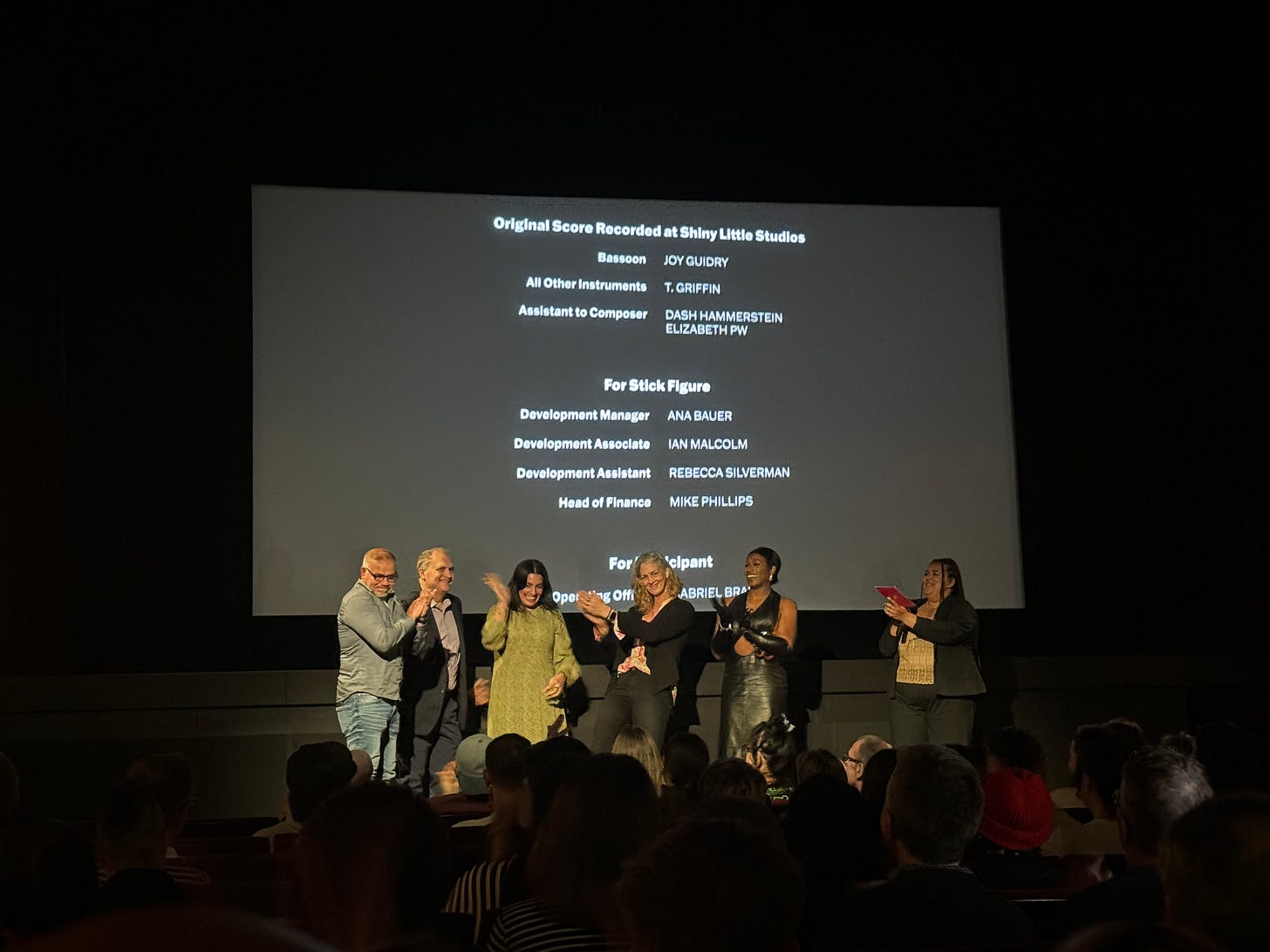
By the end of the film, there are several ways in which both families have paid tribute to Venus and continued her legacy: reopening her murder investigation; changing her name permanently on her death certificate, official documents and tombstone; lobbying to have the New Jersey house she grew up in (and was filmed in for Paris Is Burning) recognised as an historic landmark, thought to be the first such site in the US dedicated to an openly transgender person; and campaigning and fundraising for the house to be converted into both a museum and community space for transgender women, scheduled for spring 2025.
What I took way from all of these efforts was that this was Venus’ siblings’, from both families, way of expressing their enduring love for her. Watching the Pellagatti brothers expend such a great deal of emotional and physical labour to both relieve the tragedy of Venus’ death and remember her life made me think of my own expressions.
I have often written about Jonny, here and on
, in spaces where I feel I have autonomy over the way I can tell his, my, and our intertwining story. Writing, for me, is familiar and well-trodden ground. But much less have I expressed that love in different ways, like the physicality of digging my fingers into the soil of his grave, feeling the mud underneath my fingernails. Or feeling the tension in my hamstrings and hips the next day from crouching over the ground. Or nursing the bruise on my palm from going too hard with the trowel.April will mark 25 years since Jonny’s death. If all goes according to plan, the symphony of daffodils and snowdrops that I’ve planted will start blooming around then — a visual expression of my love for my sibling, and the coming of the spring.
Three Leaves
There’s no way, in my mind, to talk about grief without devoting space to the ongoing genocide in Gaza. We are working on something special tied to this over on
in the coming months. Meanwhile, here are Fatima Said’s beautiful words that compel us to not look away, and to never forget:
There’s two recent interviews on grief that I thought were beautiful. Richard E Grant spoke to the Observer about the loss of his wife, Joan, here. I particularly appreciated what he had to say about the ‘time heals all wounds’ cliché. And the second is with everybody’s crush (including mine), Andrew Garfield, talking to Elmo on Sesame Street about the loss of his mother. I think both of these interviews articulate well what it means to live with grief, rather than think of it as something to ‘get over’.
I watched The Substance on Friday night and I’m still processing it. Demi Moore was brilliant, and I loved the cinematography and overall premise, but it totally fell apart in the third act for me, and I felt the concept didn’t really develop in as interesting a way as I thought it would. I do recommend experiencing it as a cinematic event though — it’s definitely not forgettable.
And updates from me
At last week’s Anti-Slavery Awards hosted by The Human Trafficking Foundation, the Voice of Domestic Workers was nominated for three awards (including one for the programme I work on, Future Voices), and won one! The charity won Best Broadcast News piece alongside Channel 4 for last year’s segment ‘The domestic slaves rescued from London’s richest streets’. I’m always so proud to work with the Voice of Domestic Workers, and especially so at the moment. Here we are together in our Tuesday-evening best below:
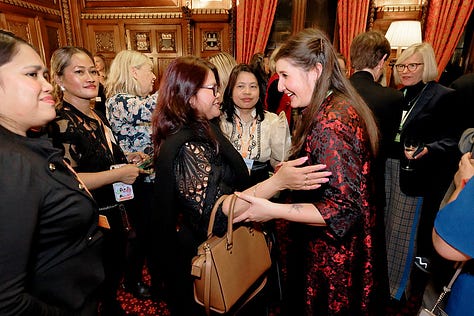
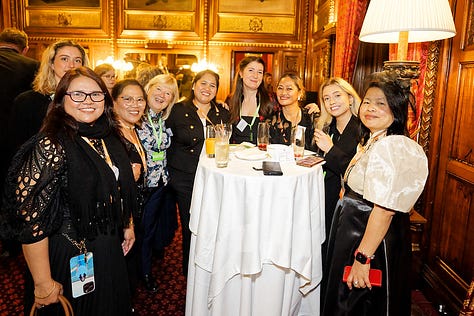
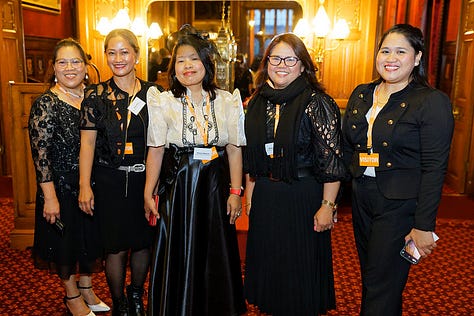
I, alongside several brilliant colleagues, am featured in a new article from journalism.co.uk on media consultants in the UK and internationally to follow. Really chuffed about this as I still feel like a bit of a novice when it comes to freelance / consultancy, and am mega grateful for all the fab organisations I’ve been able to work with over the last 18 months.
Last week, I joined an inspiring workshop on co-creational media models hosted by Public Interest News Foundation, which was all about exploring different ways of involving the public and communities more deeply in the storytelling process. I’ve joined the Advisory Committee for this project, and will also be sharing these learnings with MA students at City next term.
Earlier in the year, my dear friend and the very talented filmmaker Jade Jackman approached me about a project she was working on with the British Heart Foundation. Tied to this summer's Euros, the campaign aimed to remember, raise awareness and drive forward research about sudden cardiac death — which kills an estimated 12 young people under the age of 35 every week in the UK.
Together, Jade and I spoke about ways to approach this project sensitively, and how we could share the personalities, hopes and dreams of the young people featured in a visual, moving image format. The result is a series of powerful short films showcasing how each person lived their life to the fullest, and the plans they all had for their futures. I'm really proud to have brought my expertise and lived experience of grief, loss and memory work to this campaign, covered here by the BBC. The films are available to watch on the British Heart Foundation’s YouTube channel here, and you can read more about Chris, Claire, Danny, Jake, Jamie, Jenny, Joseph, Josh, Libbey, Myles, Taylor and Tom's stories here.
Thank you as always for engaging with Ginkgo Leaves — I know this week is a bit of a grief heavy one, and I wanted to lean into that rather than brush past it. Hope you all have a great fortnight, and I’ll be back in your inbox in two Tuesdays’ time.
Take care,
Suyin x





